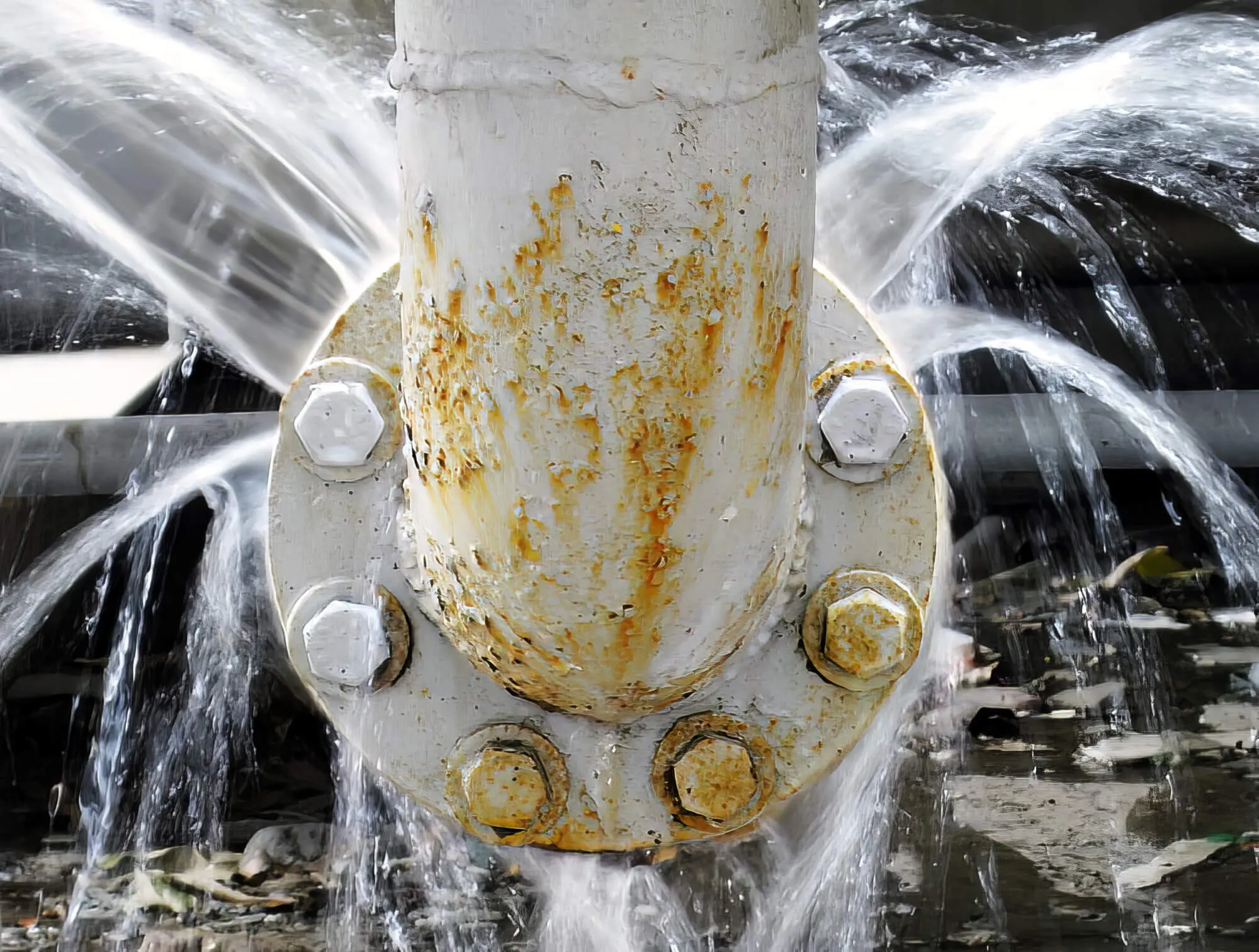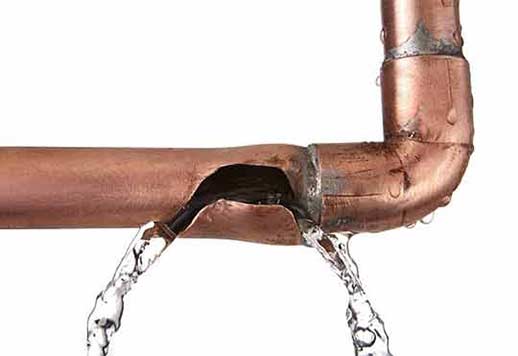Signs of a Burst Pipe: How to Identify and Address the Issue Before It Escalates
Signs of a Burst Pipe: How to Identify and Address the Issue Before It Escalates
Blog Article
Protecting Against Ruptured Pipeline: Important Tips to Secure Your Pipes
Protecting against ruptured pipelines is a critical concern for property owners, specifically during chillier months when the danger of freezing is enhanced. Applying strategic measures such as appropriate insulation, regular assessments, and keeping constant interior temperature levels can significantly lower the likelihood of pipeline failing.
Understand Pipe Vulnerabilities
Understanding pipe susceptabilities is important for effective plumbing maintenance and stopping expensive damages. A number of aspects contribute to the susceptibility of pipelines to bursts, consisting of product composition, age, and ecological conditions. Older pipelines, especially those made from galvanized steel or polybutylene, typically deteriorate with time, resulting in increased danger of leaks and tears.
Temperature fluctuations can likewise considerably influence pipeline honesty. In colder environments, water caught in pipes can freeze, putting in and increasing pressure on the pipe walls, which might inevitably cause a burst. Moreover, high water stress can stress pipes, particularly at bends and joints, heightening the probability of failing.

Insulate Water Lines Appropriately
Proper insulation of pipelines is important for protecting against freezing and subsequent bursts throughout cool weather condition (burst pipe). Insulating your plumbing system efficiently safeguards against temperature drops that can result in expensive damages. Begin by determining at risk locations where pipelines are subjected to exterior temperatures, such as basements, attic rooms, and outside wall surfaces
Use foam pipe insulation sleeves or wrap insulation tape around these areas to offer a protective barrier. Ensure that all sections of the pipelines, specifically those with restricted warm direct exposure, receive adequate insulation. Pay unique attention to fittings and joints, as these are a lot more susceptible to freezing.
When shielding, it's important to select products that fulfill local building codes and are proper for the specific atmosphere. Fiberglass insulation is typically advised for its thermal resistance homes. Furthermore, take into consideration using warm cords or tape in extreme conditions, which can be plugged in to provide extra warm
On a regular basis examine protected pipes for any type of indications of wear or damage, as compromised insulation can reduce its performance. By taking these positive actions, you dramatically decrease the risk of pipeline bursts, guaranteeing a trustworthy pipes system throughout the winter season.
Maintain Consistent Temperature Level
A secure indoor temperature level is crucial for avoiding ruptured pipes during the icy months. When temperatures decrease, water within pipes can freeze, broadening and developing stress that might eventually cause the pipelines to burst. To reduce this danger, property owners must maintain a consistent temperature level throughout their living space, preferably no less than 55 ° F(13 ° C)Utilizing a programmable thermostat can aid handle indoor temperature levels successfully, ensuring that rooms with pipes continue to be warm even when the house is empty. Pay unique interest to areas that are extra prone to cold, such as garages, attic rooms, and cellars. Maintaining cupboard doors open under sinks can also allow warmer air from the home to distribute around pipes.
On top of that, it is sensible to enable faucets to trickle somewhat throughout severe cold snaps. This minor circulation of water can avoid cold by alleviating pressure within the pipes. Throughout particularly extreme climate events, take into consideration briefly suspending any kind of nighttime troubles on your thermostat to preserve a consistent cozy setting. By applying these approaches, home owners can dramatically decrease the threat of pipeline ruptureds and safeguard their pipes systems versus the harsh winter months aspects.
On A Regular Basis Inspect Pipes
Routine assessments of plumbing systems are crucial for preventing ruptured pipelines and maintaining overall home Read Full Report honesty. Regular checks allow home owners to identify prospective issues before they intensify into pricey repair work or significant water damage. Throughout these evaluations, it is vital to take a look at visible pipelines for indicators of deterioration, leakages, or wear. Pay special attention to areas prone to cold, such as cellars, attics, and exterior wall surfaces.
Additionally, inspecting links and joints is vital, as these points are frequently vulnerable to leakages. Home owners should additionally evaluate water pressure degrees, as excessive stress can strain the pipes system and boost the threat of pipe bursts.
Consider scheduling specialist plumbing evaluations at the very least once a year, specifically prior to winter season, to guarantee your system is prepared for cooler temperatures. By being positive in your approach, you can protect your home against the turbulent and expensive consequences of burst pipelines.
Know Emergency Procedures
Recognizing emergency procedures is important for every single property owner, specifically after carrying out normal pipes inspections. Being prepared for a plumbing explanation emergency can dramatically minimize damages and save expenses. Initially, situate your major water shut-off shutoff; it is typically found near the water meter or where the major line enters your home. Acquaint on your own with its procedure, as shutting off the supply of water rapidly can stop extensive flooding.
Next, keep vital tools handy. A plumbing emergency package must include a wrench, bettor, and towels, along with a flashlight and a bucket for small leakages. Furthermore, consider having the contact info for a relied on plumber conveniently offered, must the circumstance escalate beyond your control.
If you discover a leak or ruptured pipeline, quickly shut off the supply of water and alert your plumbing technician. Record the damage with photos for insurance coverage functions. Know the indicators of prospective plumbing issues, such as uncommon water pressure variations or damp spots on wall surfaces
Ultimately, aggressive knowledge and speedy action are essential in managing plumbing emergencies, ensuring your home stays protected and lessening prospective damage.

Verdict
To conclude, preventing ruptured pipelines necessitates a diverse technique that consists of understanding pipe vulnerabilities, proper insulation, keeping constant indoor temperature levels, regular inspections, and understanding of browse around these guys emergency procedures. By implementing these vital methods, the risk of pipes failings can be considerably reduced, consequently guaranteeing the longevity and performance of the plumbing system. Positive procedures not only secure versus potential damages however likewise add to total water preservation and the protection of home.
In chillier climates, water caught in pipelines can freeze, putting in and increasing stress on the pipe walls, which may ultimately lead to a ruptured. When temperatures decline, water within pipelines can freeze, producing and broadening pressure that might eventually create the pipelines to ruptured. By executing these methods, home owners can dramatically lower the threat of pipeline bursts and secure their plumbing systems versus the extreme wintertime elements.

Report this page